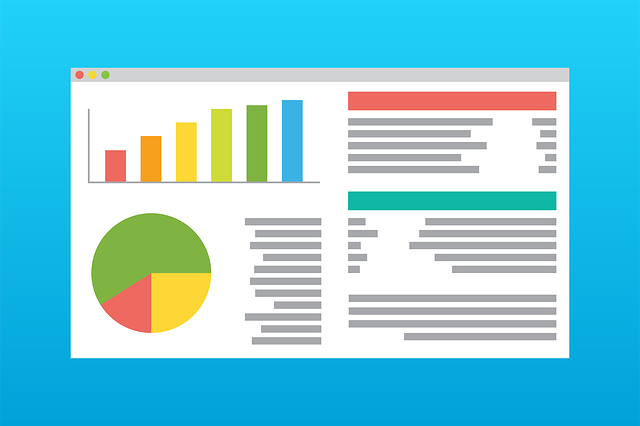Do you ever wonder how companies like Amazon and Google can predict what products or information you’re interested in before you even type a word? It’s all thanks to the power of data analysis! Whether you’re working on a business project or simply trying to make sense of your personal data, understanding the basics of data analysis is crucial. So if you want to unlock the full potential of your data, read on—we’ve got everything you need to know right here!
What is Data Analysis?
Data analysis is the process of inspecting, cleansing, transforming, and modeling data with the goal of discovering useful information, suggesting conclusions, and supporting decision-making. Data analysis has multiple facets and approaches, encompassing diverse techniques under a variety of names in different business, science, and social science domains.
The Different Types of Data Analysis
Data analysis comes in many forms, each designed to answer different types of questions. The most common types of data analysis are:
- Descriptive: What is happening?
- Diagnostic: Why is it happening?
- Predictive: What will happen next?
- Prescriptive: What should we do about it?
Descriptive data analysis answers the question, “What is happening?” It typically involves summarizing data to find patterns and trends. For example, a marketing team might use descriptive data analysis to summarize customer demographics or understand which product features are most popular.
Diagnostic data analysis answers the question, “Why is it happening?” It helps you identify relationships between different variables and can be used to isolate the root causes of problems. For example, a manufacturing company might use diagnostic data analysis to identify which production factors are causing quality issues.
Predictive data analysis answers the question, “What will happen next?” It uses historical data to build models that forecast future events. For example, a financial analyst might use predictive data analysis to predict future stock prices or sales volumes.
Prescriptive data analysis answers the question, “What should we do about it?” It recommends actions to take based on predictions of what will happen in the future. For example, a retail company might use prescriptive data analysis to recommend inventory levels or pricing strategies.
Benefits of Data Analysis
Data analysis can help you understand your business better and identify areas that need improvement. By understanding your data, you can make informed decisions that will help improve your business. Additionally, data analysis can help you save time and money by reducing the need for expensive research.
Steps in the Data Analysis Process
There are four key steps in the data analysis process:
1. Data preparation: This step involves cleansing and organizing your data so that it is ready for analysis. This may involve filtering out invalid or incomplete data, standardizing data formats, and dealing with missing values.
2. Data exploration: In this step, you will examine your data to gain insights and identify patterns. This may involve visualizing your data, calculating summary statistics, and identifying correlations.
3. Data modeling: In this step, you will build models to better understand how your data behaves. This may involve building predictive models, performing statistical tests, and creating simulation models.
4. Data interpretation: In this final step, you will interpret the results of your analysis and draw conclusions based on your findings. This may involve communicating your results to stakeholders, presenting your findings in a clear and concise manner, and making recommendations for further action.
Tools and Techniques Used for Data Analysis
There are many different tools and techniques that can be used for data analysis. Some of the most common include:
Data visualization: This is a way of representing data in a graphical or pictorial form. This can be useful for spotting patterns and trends in the data.
Descriptive statistics: This involves using statistical methods to summarize and describe the data. This can be useful for understanding the overall distribution of the data.
Inferential statistics: This involves using statistical methods to make predictions or inferences about a population based on a sample. This can be used to understand how likely it is that certain events will occur.
Regression analysis: This is a type of statistical analysis that can be used to identify relationships between variables. This can be used to predict future outcomes or trends based on past data.
How to Use Data Analysis Results
The process of data analysis often begins with data wrangling, which involves cleaning up data to prepare it for analysis. Once the data is in a suitable format, it can be processed using statistical techniques or other methods. The results of the analysis are then typically presented in a report, visualized on a dashboard, or in some other form.
There are many different ways to use the results of data analysis. One common use is to generate insights that can help inform decision-making. For example, if you are analyzing customer purchase data, you might use the results to decide what product to promote next or which customer segment to target. Another common use for data analysis is predictive modeling, which uses historical data to make predictions about future events. This can be used for things like identifying which customers are likely to churn or predicting demand for a new product.
Yet another way to use data analysis results is to generate hypotheses that can be tested through further research. For example, if you analyze demographic data and find that there is a correlation between income level and educational attainment, you might want to further investigate whether there is a causal relationship between those two variables.
Conclusion
Data analysis is an indispensable tool for understanding the trends and insights that can be gleaned from large sets of data. By unlocking the power of data, businesses and organizations can gain valuable insights into their operations, enabling them to make better decisions and improve their services. With a good grasp on the basics of data analysis, you’ll be in a much better position to understand how your organization’s data works and how it can help you reach your goals.











